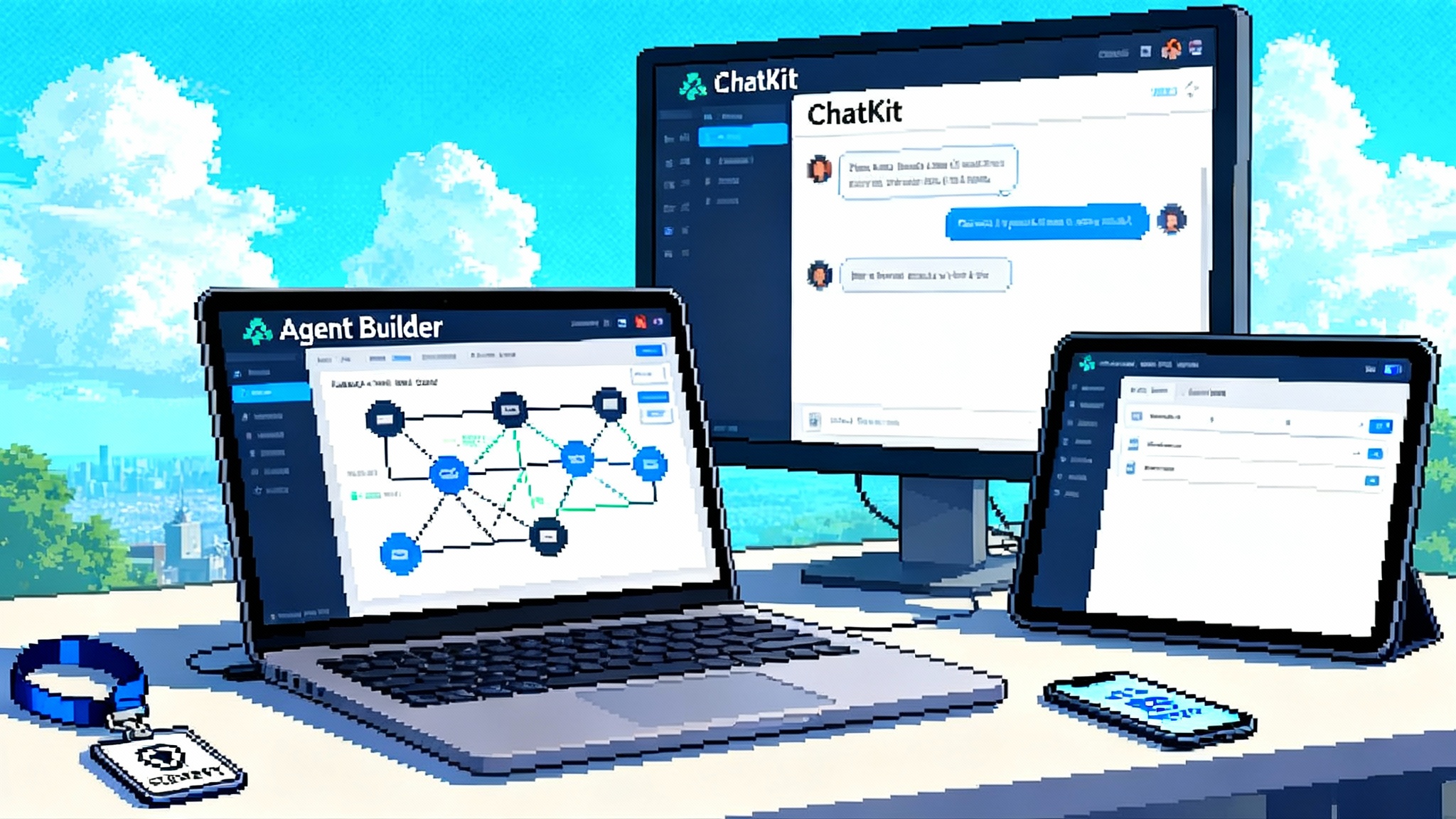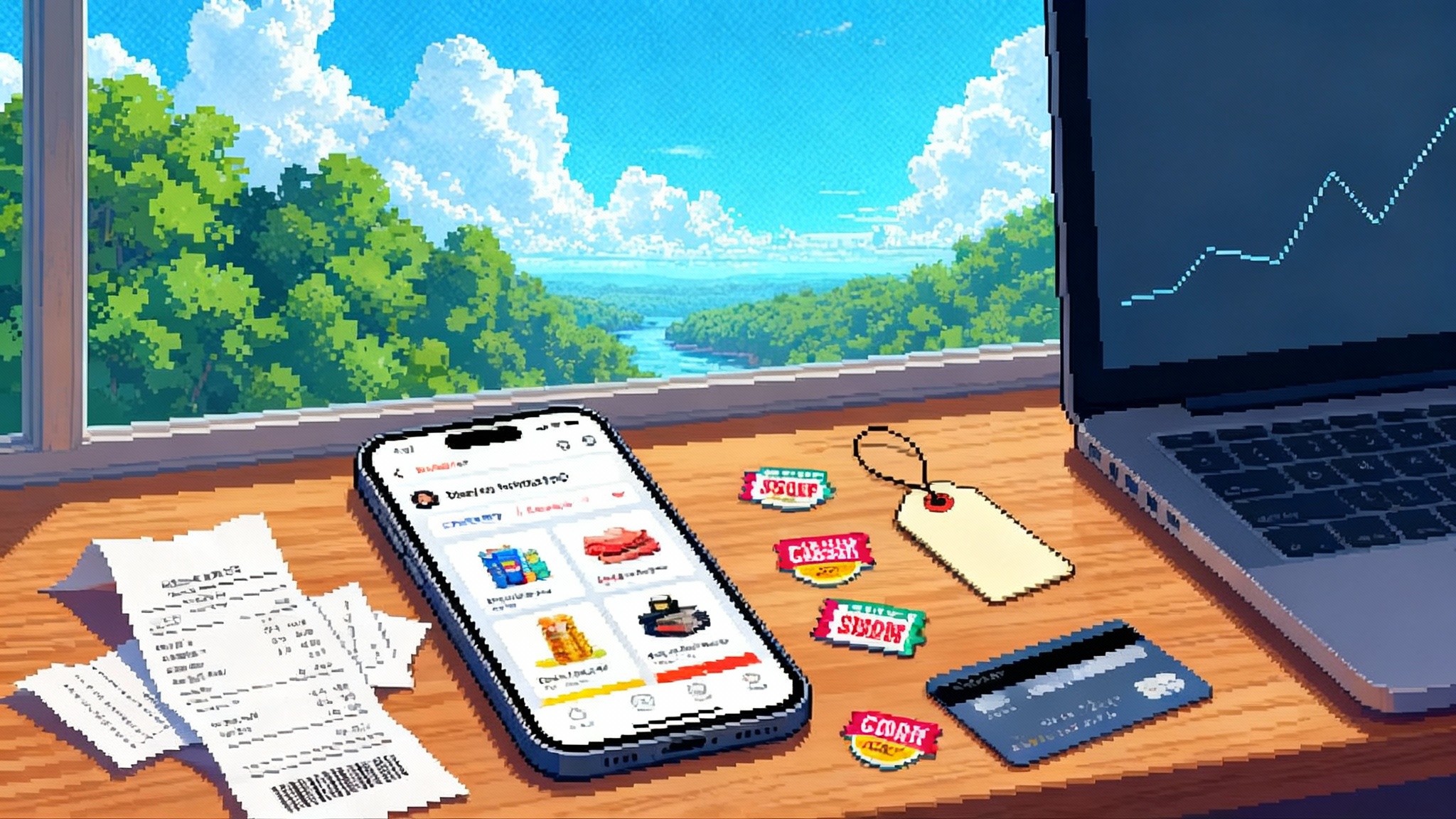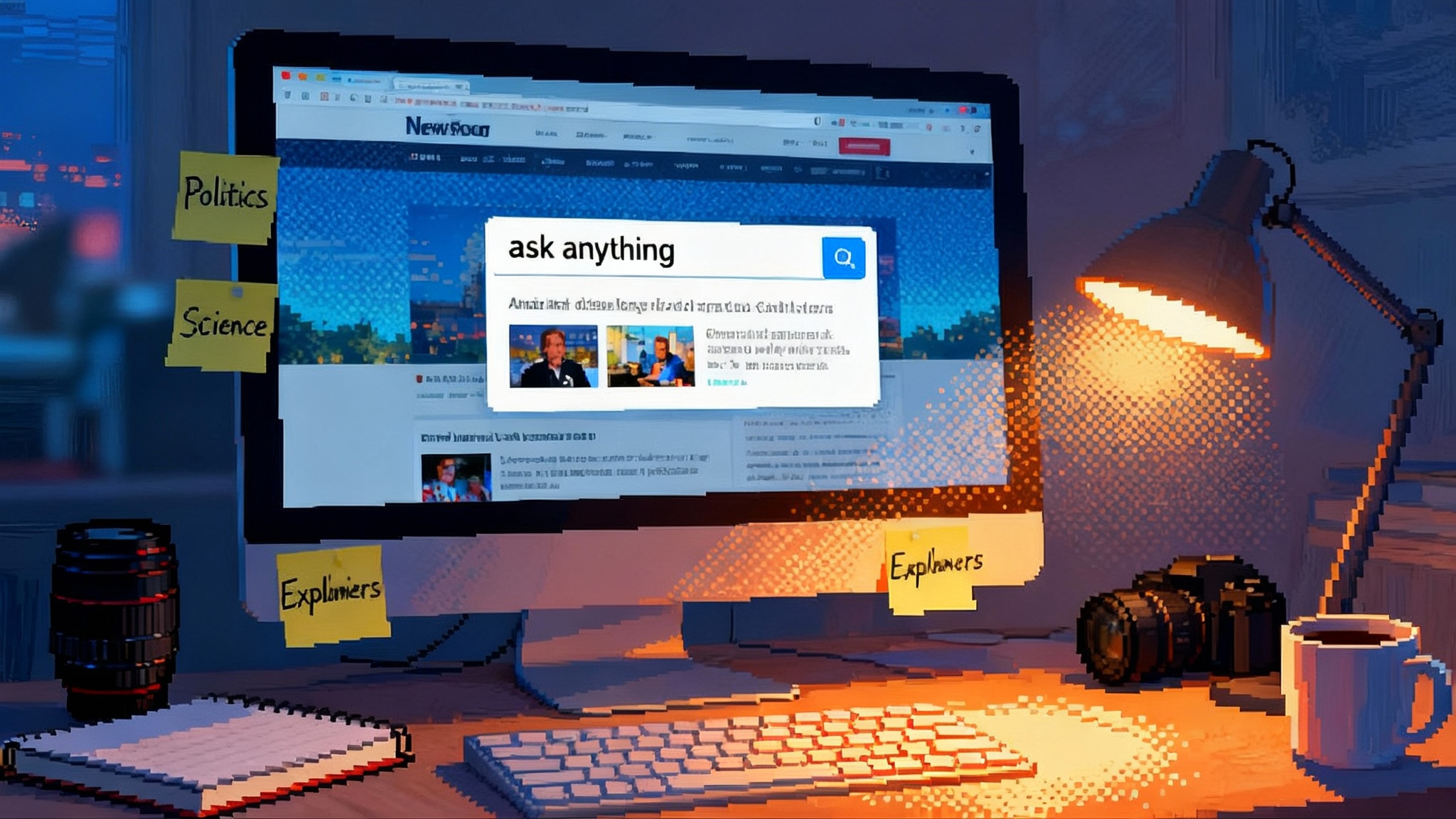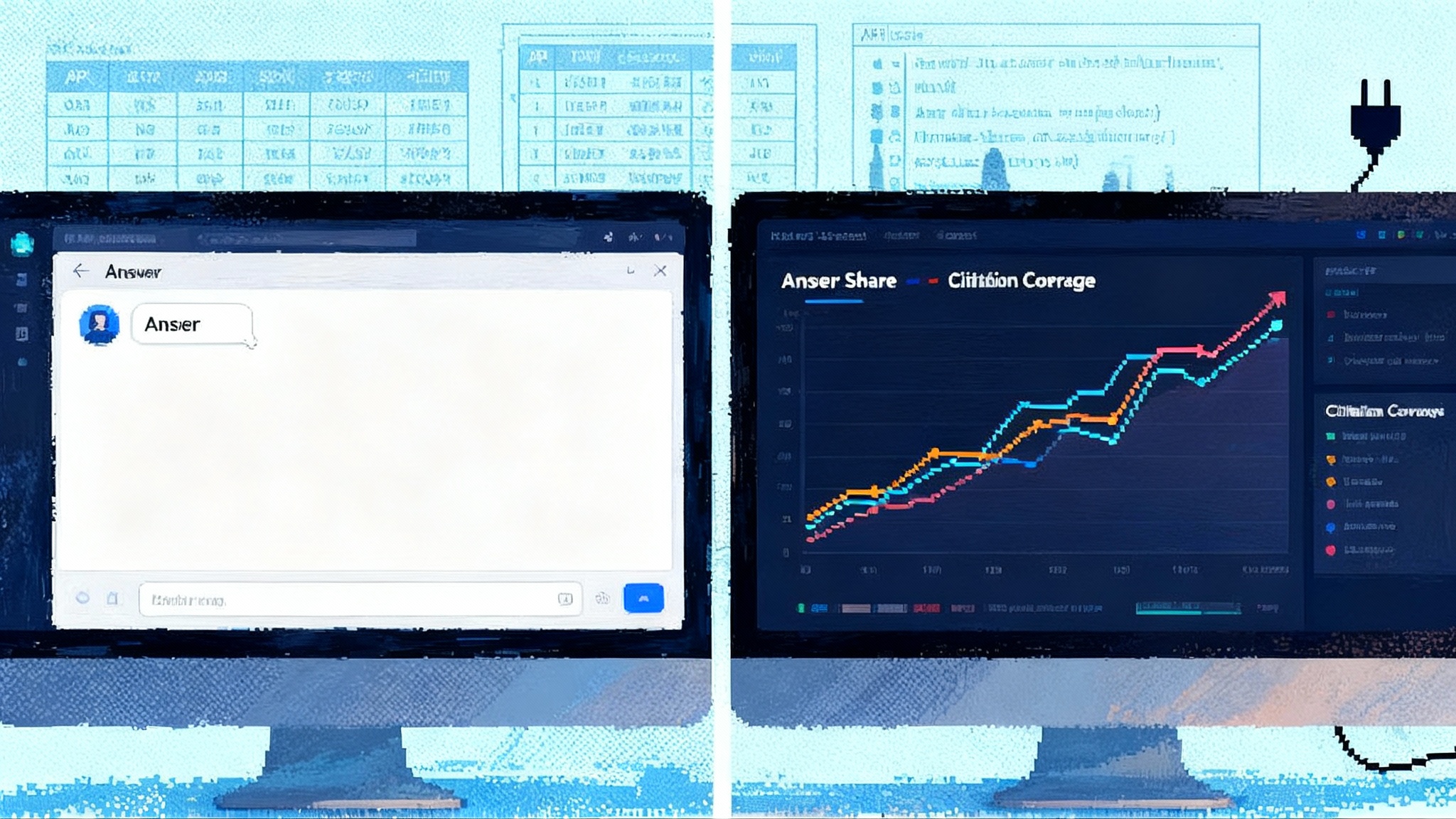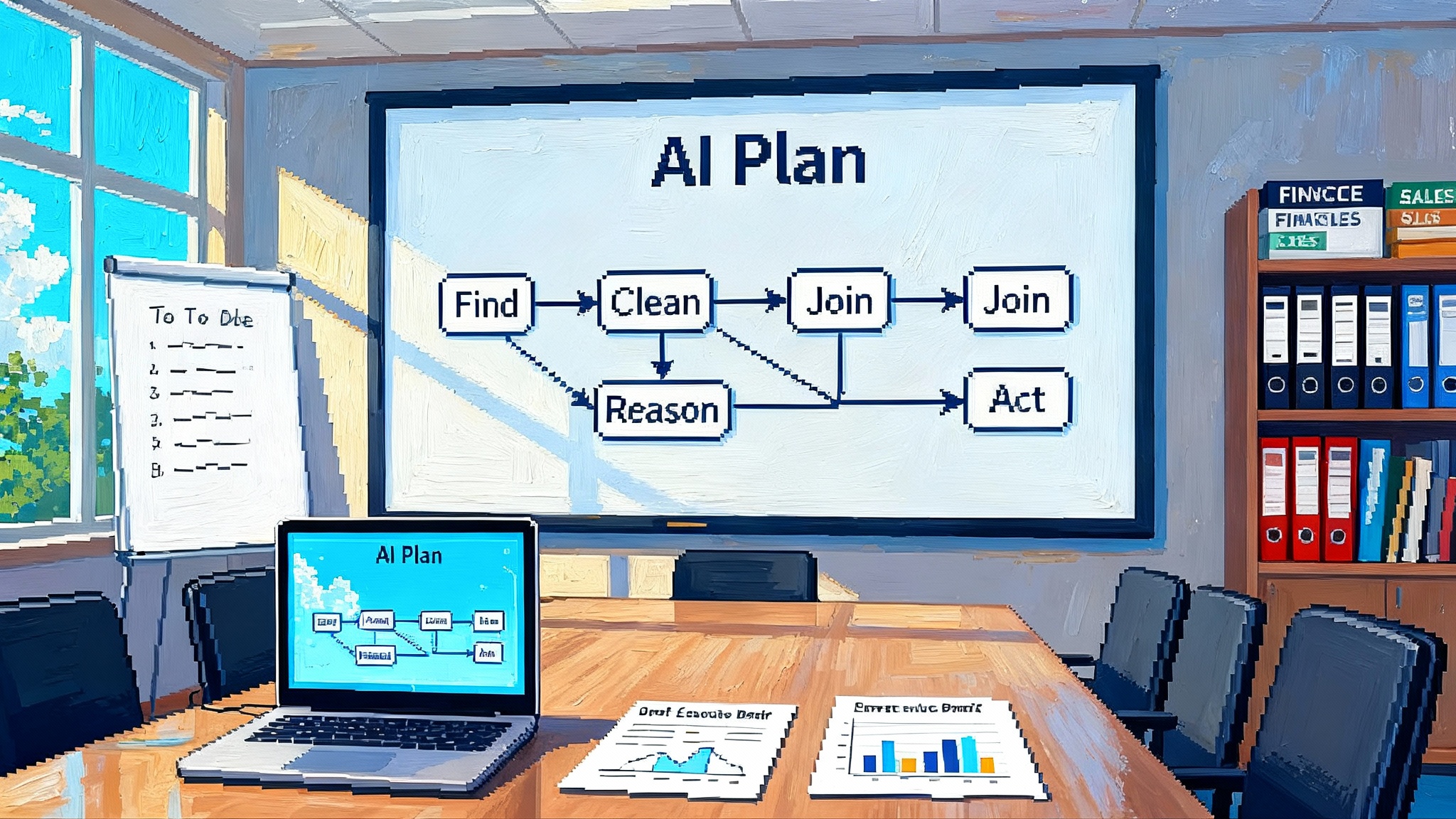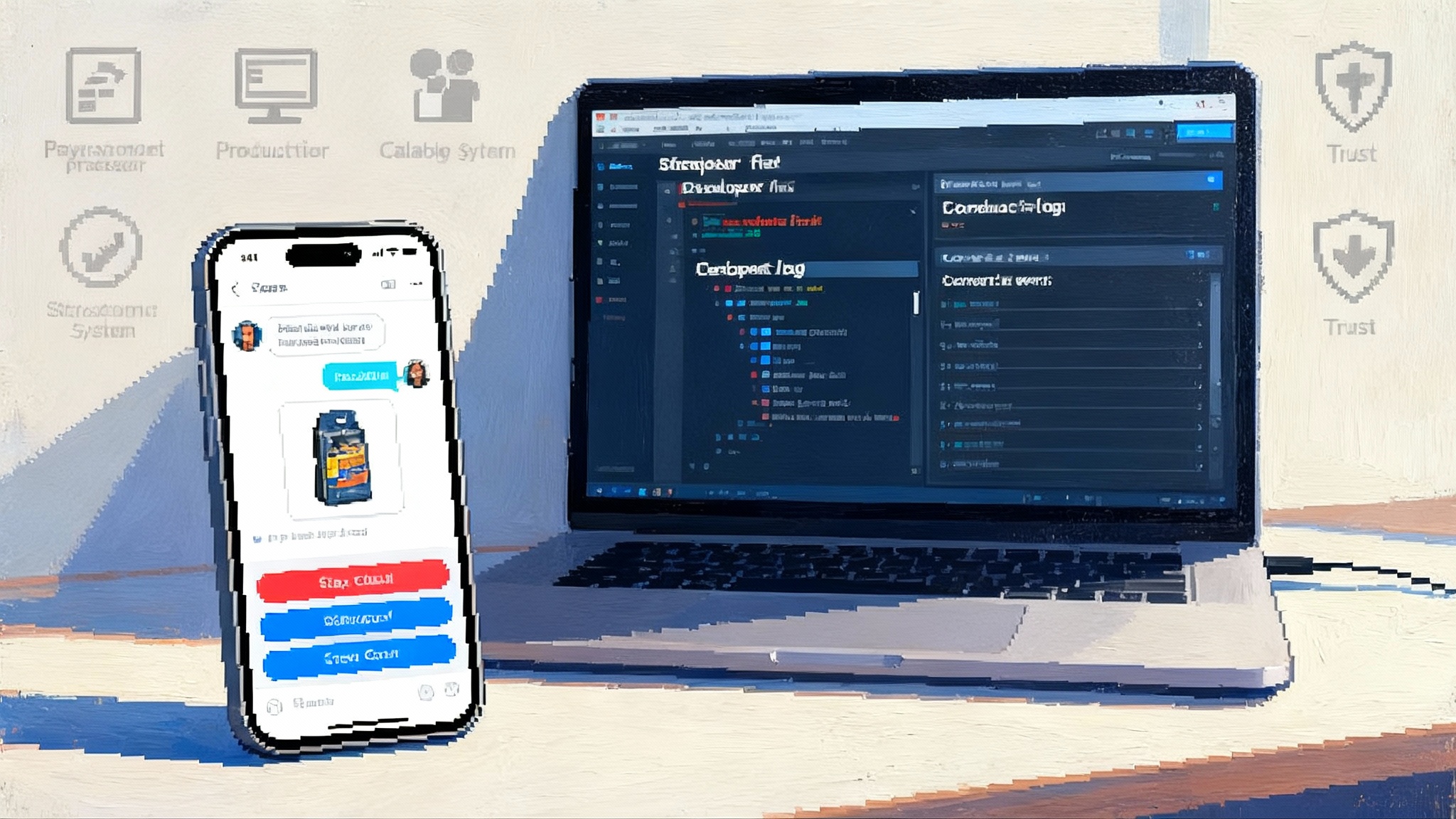HeyGen Video Agent Turns Enterprise Video Into One Prompt
HeyGen just took enterprise video from brief to LMS delivery with a single prompt and an always-on agent. See what went GA, how it changes creative ops, and a 90-day plan to pilot, govern, and scale.
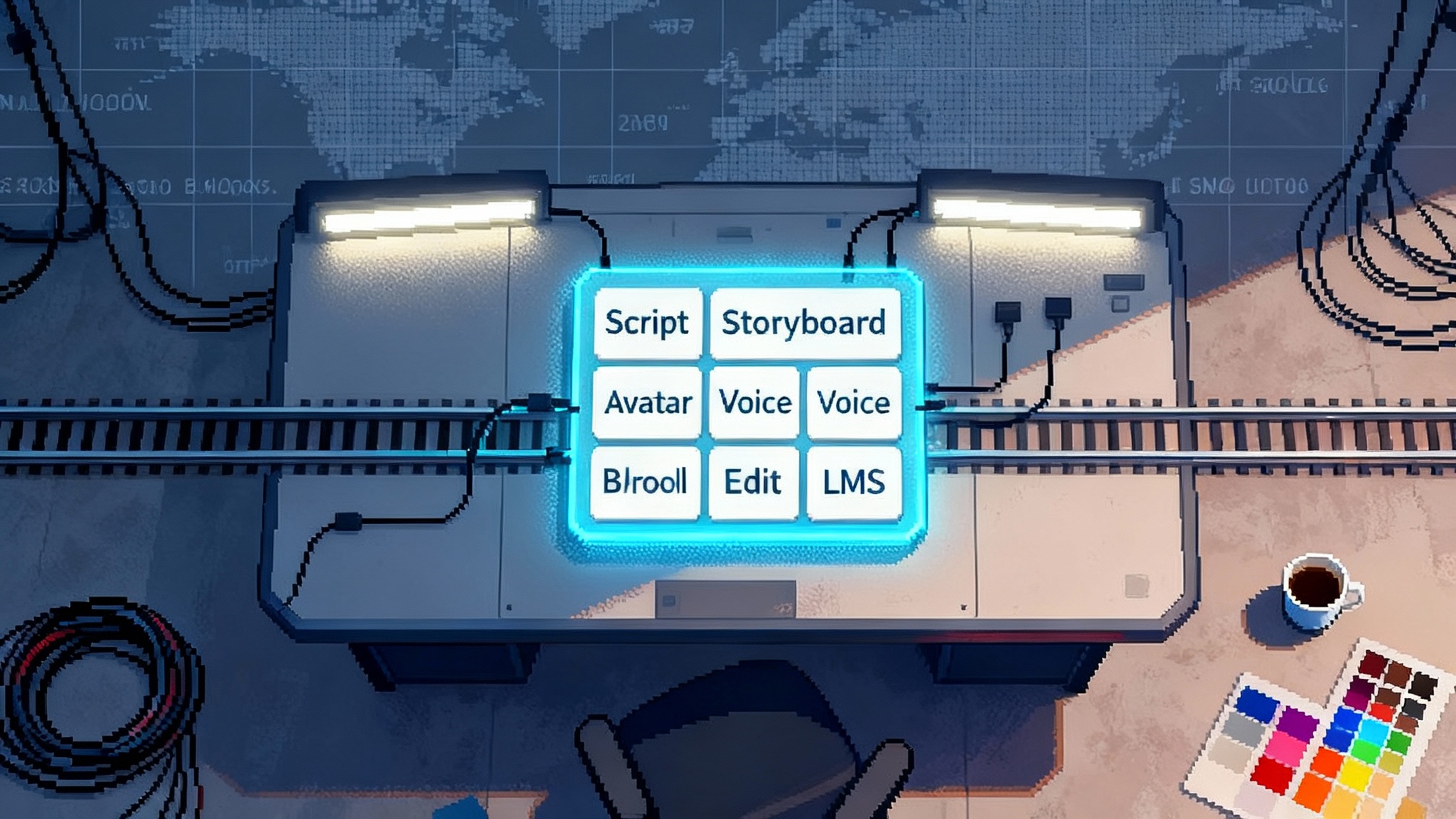
Breaking: the one prompt video pipeline goes public
In October 2025, HeyGen moved its Video Agent from limited access to general availability, framing a single prompt as the front door to an end to end enterprise video pipeline. The company’s September release notes, updated on October 2, outline the public launch along with multilingual playback, integrated B roll generation, and learning management system integration. If you have ever tried to ship training or marketing videos across teams and time zones, you know how big this is. It is not just a smarter editor. It is an operator that runs the entire play from idea to delivery. See the company’s announcement for the exact feature set in this release in the public launch and features overview.
This piece explains how the agent changes day to day workflows, why a startup is shipping the right glue before the hyperscalers, and a 90 day plan to adopt it without creating governance debt.
From toolchain to agentic creative OS
The old way of making enterprise video looked like a parade that stopped at each float. Script, then storyboard, then voice, then edit, then legal, then packaging. Each handoff added days and confusion.
An agentic creative operating system runs like a pit crew. The car keeps moving while specialized subsystems work in parallel. The agent does not just answer prompts. It plans, calls the right tools, checks outputs against constraints, and loops until the result fits the spec.
What the agent actually does
- Intake: A single prompt encodes audience, brand tone, region, objectives, and compliance boundaries. Example prompt: “Onboard new sales reps in North America and Germany with a three minute module in our brand voice that avoids regulatory claims.”
- Script: The agent drafts copy with the right structure for the channel. For learning content, that means explicit objectives, spaced recall moments, and a summary with one or two check questions. For marketing, that means a hook, evidence, and a clear call to action.
- Storyboard: Scenes are mapped to beats, transitions, and on screen text. The high order bit is legibility and brand consistency. Layouts, typography, and pacing align with the style kit.
- Avatar and voice: The system selects a stock or custom avatar and assigns an appropriate voice per persona and locale. If you have licensed a specific likeness or cloned brand voice, those assets are applied according to rights settings.
- Localization: One master edit spins out variants with localized voiceover and subtitles while preserving timing and lip motion where supported. Multilingual playback serves the right language at runtime without extra file management.
- B roll: The agent generates or selects cutaways that bridge narrative gaps while honoring brand safety rules. Because B roll is integrated in the editor, you avoid file hunting and license mismatches.
- Edit and QA: Pacing, cuts, audio levels, and captions are tuned against house standards. A brand and compliance checklist runs before export to reduce manual review.
- Delivery: The final asset is packaged for your channels. Training teams publish to the LMS. Marketing teams get presets for social, web, and sales enablement.
If you have been following the broader agent wave, you will recognize the pattern that lets you compress the agent stack and orchestrate specialized tools around a goal. Video is simply the latest domain where that orchestration now owns delivery, not just drafts.
Why a startup is beating hyperscalers to the workflow
Hyperscalers ship the platforms and general models the world builds on. They excel at research, raw model quality, and developer ecosystems. What they do not tend to ship quickly are domain specific workflows with all the boring but necessary glue that enterprise teams actually need.
That glue is unglamorous: brand kits that never drift, voice and likeness rights management, localization that respects timing and legal language, and connectors that deliver into the systems where work happens. Startups survive by shipping the glue first. HeyGen’s move fits the pattern. A focused agent, visual generation inside the editor, multilingual playback tied to one master edit, and LMS integration that acknowledges most training still lives behind compliance gates. The result feels like a creative OS rather than a bag of parts.
What changes when the agent runs the show
- Cycle time compresses. You move from sequential creative to parallel production. Timelines shrink because you remove handoffs and waiting, not because you cut corners.
- Variants become cheap. Once the master is validated, language or persona versions take near zero marginal effort. That invites testing and continuous improvement.
- Compliance becomes codified. Instead of relying on memory and checklists, you encode the rules. The agent blocks or flags violations the moment they appear.
- The asset graph gets richer. When B roll is generated to spec and stored with rights metadata, you build a reusable library that compounds over time.
The shift mirrors what we have seen in other domains. Coding agents now build, test, and ship without constant human steering, and operations teams are moving from demos to daily ops. Video production is crossing the same line.
The 90 day adoption playbook for L&D and marketing
Use this plan to surface quick wins, minimize risk, and avoid governance debt.
Days 1 to 30: foundation and guardrails
Scope three low risk use cases
- Pick two or three high volume patterns with low regulatory risk. Good starters include sales onboarding modules, product feature tips, and internal change announcements.
- Define success metrics upfront. Track time to first draft, brief to publish, cost per finished minute, localization coverage, and first week completion rate for training.
Governance and brand safety
- Rights inventory: record who owns which voice and avatar rights, the consent you hold for cloning, and expiration dates. Store proofs in your contract repository and mirror the limits in the tool’s asset permissions.
- Brand kit lock: load colors, fonts, lower thirds, intro and outro slates. Configure hard blocks for noncompliant elements rather than soft warnings.
- Legal constraints: define claims to avoid and required disclosures. Encode these as automated checks where the agent supports them, and as manual checklist items where it does not.
- Security posture: enable single sign on, define roles, and separate environments for development and production. Treat the agent’s output like source code with reviews and approvals before publish.
Process skeleton
- Two track review: creative owners approve story and tone; compliance approves regulated language and required disclosures. Keep these approvals separate so speed does not erase accountability.
- Version control: save master edits and language variants with consistent naming. Keep a simple index that maps each published video to its brief and approvals.
Capability setup
- Multilingual defaults: choose supported languages and fallback behavior.
- B roll policy: decide when to generate visuals versus use a preapproved library. Clarify the licensing model for any third party assets you still need.
- LMS handshake: connect to your learning system and run a sample end to end publish path. If your team wants a guided start, use the vendor’s primer on how to get started with Video Agent.
Days 31 to 60: pilots that prove the model
Pilot execution
- Produce six to ten assets across your chosen use cases. Require at least two languages for each asset to stress test localization.
- For training content, wrap one module with quiz items and completion tracking to validate reporting.
Quality bars
- Story integrity: the video must deliver the core idea clearly within the agreed timebox. Have a human reviewer rate clarity and retention after a single viewing.
- Accessibility: verify captions, contrast, and font sizes. Confirm keyboard and screen reader compatibility in your player.
- Cultural checks: pass localized copies through native reviewers. Watch for idioms, visuals, and product names that do not translate.
Measurement
- Speed: record time from brief to first draft and from first draft to publish. Compare with your pre agent baseline.
- Cost: calculate all in cost per finished minute, including licenses, review time, and post production.
- Engagement: track completion, drop off points, and quiz performance for learning. For marketing, track watch time, click through rate, and conversion where applicable.
Risk management
- Red team the agent: feed prompts that tempt off brand language or risky claims. Document outcomes and tighten guardrails.
- Rights renewal drills: temporarily revoke an avatar license and confirm the system blocks use.
Days 61 to 90: scale and automation
Operationalize
- Pattern library: convert your best pilots into reusable prompt templates. Capture variables like audience, voice, and region as fields.
- Always on cadence: set a weekly or monthly rhythm for updates. Treat core assets as living documents that are revised rather than rebuilt.
- Routing rules: codify which requests go to the agent by default, which require a human editor, and which need legal pre approval.
Training and change management
- Role specific training: teach creators prompt design and review discipline. Teach managers how to read dashboards and ask better questions. Teach legal how to use the audit trail.
- Maker network: identify power users in each function who can coach peers and escalate issues quickly.
Scaling the stack
- Asset governance: tag outputs with rights, language, and campaign metadata. Automate archive for expired rights.
- Data loop: use performance data to inform the next brief. If the German version beats English on completion, analyze why and fold the insight back into templates.
Multilingual playback and integrated B roll as an operational unlock
A single master video that plays in the viewer’s language without creating separate files is more than a convenience. It is an operational unlock. It shifts teams from quarterly video pushes to continuous improvement. With native multilingual playback, you can ship an English master on Monday, collect performance data by Wednesday, and push a wording fix or new call to action to every language on Friday without re authoring.
Integrated B roll provides similar leverage. When the agent can generate or select cutaways that match the brief and brand rules, creators stop scavenger hunts and legal risks shrink. The pipeline enforces provenance at the moment of creation. Over time you accumulate a predictable media engine: prompts in, validated variants out, with learning from each publish feeding back into templates.
Governance, brand safety, and rights in plain language
You do not need a policy novella. You need a short checklist that is enforced rather than wished for.
- Likeness rights: confirm signed consent for any human like avatar that resembles a real person. Store the contract and track expiration. Block exports if the date has lapsed.
- Voice rights: treat cloned voices like trademarks. Specify where they may appear, which claims they cannot voice, and which geographies are allowed.
- B roll provenance: prefer generated or in house visuals for sensitive topics. If you use stock or uploaded content, store the license with the asset and tag use limits.
- Disclosure rules: define standard on screen disclosures for regulated content and set the agent to include them by default.
- Audit trail: keep a system record that shows who approved what and when. For training, capture the exact version learners saw for compliance audits.
KPIs that actually matter
Pick numbers that reflect creative reality, not vanity metrics.
- Time to first draft: shorter cycles surface whether the story works. Target under one business day for most briefs.
- Brief to publish: kickoff to delivery. Aim for a 50 percent reduction from baseline without lowering quality scores.
- Cost per finished minute: an all in number that includes licenses and review time. Expect compression as low value manual steps vanish.
- Localization coverage: share of assets in top languages. For training, target above 80 percent; for marketing, target test driven coverage.
- Quality score: internal ratings for clarity, brand alignment, and accuracy. Hold or improve while speed increases.
- Reuse ratio: number of assets derived from a master. Expect steady growth as your library matures.
To move these metrics, schedule weekly reviews that pair data with examples. Show one winning video and one that missed. Ask what the agent did well, where constraints failed, and what to change in templates or guardrails.
Practical contrasts with generic GPT apps
- Memory and structure: a chat app can draft a script but often ignores your fonts, motion language, and legal floor. An agent loads those constraints and refuses to violate them.
- Multimodal orchestration: a chat app answers in text. An agent calls avatar, voice, captioning, image generation, and export subsystems in the right order with validation and retries.
- Delivery ownership: a chat app stops at copy. An agent packages for targets and hands off to your LMS or channel presets.
- Feedback loop: a chat app waits for new prompts. An agent can read performance data and propose updates to the master.
This is why the operating system metaphor fits. The agent is not a single tool. It is the conductor that makes the tools play together on time.
Roadmap signals to watch
- A standards race: as more teams encode brand and legal rules, expect vendors to publish portable rule packs. Keep your rules in human readable form so you can switch tools without rewrites.
- Deeper LMS ties: today is about delivery. Tomorrow will be about evidence. When a training agent can read quiz outcomes and adapt the master, personalization will cross from marketing to learning.
- Asset lineage: treat every video as a branch from a master with clear parents and children. That lineage matters for rights, compliance, and measurement.
- Human craftsmanship: agents deliver speed and consistency. Humans still bring taste and judgment. The new skill set is writing excellent briefs, tuning templates, and knowing when to break them.
Bottom line
HeyGen’s public Video Agent compresses the enterprise video stack into a single prompt and a sequence of automated decisions. A startup, not a hyperscaler, is showing what an agentic creative OS looks like when it owns outcomes instead of outputs. If you lead learning or marketing, the next 90 days are enough to test, govern, and scale an always on media operation that ships in many languages by default and generates the visuals it needs on demand. The winners will not be the teams that post the most videos. They will be the teams that build the best pipelines, measure what matters, and let the agent handle the busywork while people do the parts only people can do.
For the full feature details, revisit the official public launch and features overview, and make sure your team completes the LMS handshake using the vendor’s step by step guide on how to get started with Video Agent.

